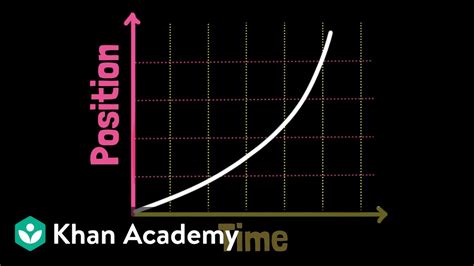Introduction

AP Physics Kinematics, a cornerstone of physics education, delves into the fundamental concepts of object motion. It provides a framework for students to analyze, predict, and describe the movement of objects under various conditions. By understanding kinematics, students gain a deeper appreciation for the intricate dance of objects in our physical world.
The Language of Kinematics
Kinematics employs a precise vocabulary to describe motion:
- Displacement (Δx): Change in an object’s position along a straight line
- Velocity (v): Rate of change of displacement with respect to time (v = Δx / Δt)
- Acceleration (a): Rate of change of velocity with respect to time (a = Δv / Δt)
Equations of Motion
Three fundamental equations of motion provide a comprehensive toolkit for analyzing kinematics:
- Constant Velocity Equation: v = u + at (where u is initial velocity and t is time)
- Constant Acceleration Equation: Δx = ut + 0.5 * a * t^2
- Velocity-Displacement Equation: v^2 = u^2 + 2 * a * Δx
These equations allow students to calculate unknown parameters of motion, such as displacement, velocity, and acceleration.
Applications of Kinematics in Real-World Scenarios
Kinematics finds myriad applications in diverse fields:
- Automotive Engineering: Calculating braking distances, optimizing vehicle performance
- Astronomy: Determining velocities and trajectories of celestial objects
- Sports Science: Analyzing the motion of athletes, enhancing performance
- Robotics: Designing and controlling the movement of autonomous systems
- Medicine: Analyzing blood flow patterns, diagnosing medical conditions
Types of Motion
Kinematics studies various types of motion, each with distinct characteristics:
- Uniform Motion: Object moves with constant velocity (zero acceleration)
- Uniformly Accelerated Motion: Object moves with constant acceleration (changing velocity)
- Projectile Motion: Object launched into the air with an initial velocity (combines horizontal and vertical motion)
Common Mistakes to Avoid
Students commonly make certain mistakes in kinematics:
- Confusing Displacement with Distance: Displacement is a vector quantity, while distance is a scalar.
- Neglecting Air Resistance: Air resistance can affect object motion, especially for objects moving at high speeds.
- Assuming Acceleration is Constant: Acceleration may not always be constant in real-world scenarios.
Advantages and Disadvantages of Kinematics
Advantages:
- Provides fundamental understanding of object motion
- Enables prediction and analysis of real-world phenomena
- Forms the foundation for more advanced physics concepts
Disadvantages:
- Does not consider forces acting on objects
- Can be challenging to apply in complex motion scenarios
Table 1: Summary of Kinematic Equations
| Equation | Description |
|---|---|
| v = u + at | Constant Velocity Equation |
| Δx = ut + 0.5 * a * t^2 | Constant Acceleration Equation |
| v^2 = u^2 + 2 * a * Δx | Velocity-Displacement Equation |
Table 2: Applications of Kinematics in Different Fields
| Field | Application |
|---|---|
| Automotive Engineering | Designing braking systems, optimizing fuel efficiency |
| Astronomy | Calculating planetary orbits, understanding stellar motion |
| Sports Science | Analyzing techniques, improving athletic performance |
| Robotics | Controlling robot movement, navigation |
| Medicine | Diagnosing cardiovascular diseases, monitoring patient recovery |
Table 3: Types of Motion in Kinematics
| Type of Motion | Characteristics |
|---|---|
| Uniform Motion | Constant velocity, zero acceleration |
| Uniformly Accelerated Motion | Constant acceleration, changing velocity |
| Projectile Motion | Initial velocity, parabolic trajectory |
Table 4: Common Mistakes to Avoid in Kinematics
| Mistake | Description |
|---|---|
| Confusing Displacement with Distance | Displacement is a vector, distance is a scalar |
| Neglecting Air Resistance | Air resistance can affect object motion |
| Assuming Constant Acceleration | Acceleration may not be constant in real-world scenarios |
Conclusion
AP Physics Kinematics provides a powerful framework for understanding the motion of objects in our physical world. Through precise mathematical equations and a comprehensive vocabulary, students gain the ability to analyze, predict, and describe motion, unlocking the secrets of kinematics. Its applications span across diverse fields, making it an indispensable tool for engineers, scientists, athletes, and medical professionals alike. By embracing the principles of kinematics, we can better appreciate the intricate movements that shape our universe.
